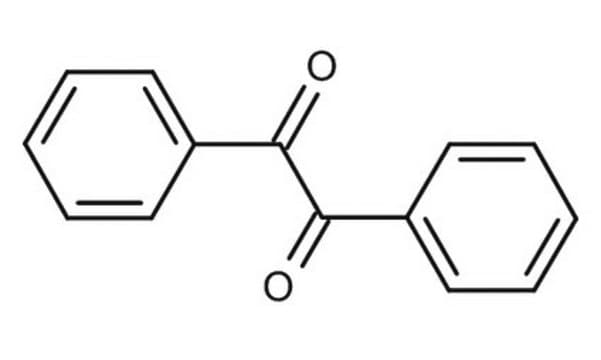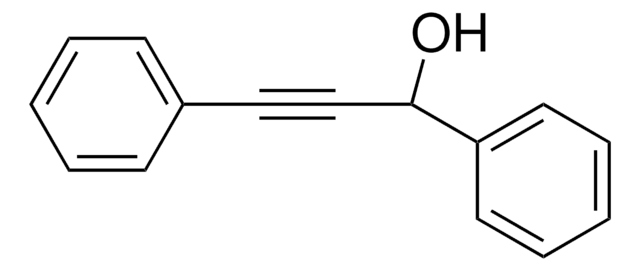11970
1,3-Diphenyl-2-propenone
≥98.0% (GC)
Synonym(s):
Benzalacetophenone, Chalcone
About This Item
Recommended Products
Assay
≥98.0% (GC)
solubility
dioxane: soluble 1 g/10 mL, clear, colorless
functional group
ketone
phenyl
SMILES string
O=C(\C=C\c1ccccc1)c2ccccc2
InChI
1S/C15H12O/c16-15(14-9-5-2-6-10-14)12-11-13-7-3-1-4-8-13/h1-12H/b12-11+
InChI key
DQFBYFPFKXHELB-VAWYXSNFSA-N
Gene Information
rat ... Ar(24208)
Application
Biochem/physiol Actions
Storage Class Code
11 - Combustible Solids
WGK
WGK 3
Personal Protective Equipment
Choose from one of the most recent versions:
Already Own This Product?
Find documentation for the products that you have recently purchased in the Document Library.
Customers Also Viewed
Active Filters
Our team of scientists has experience in all areas of research including Life Science, Material Science, Chemical Synthesis, Chromatography, Analytical and many others.
Contact Technical Service











